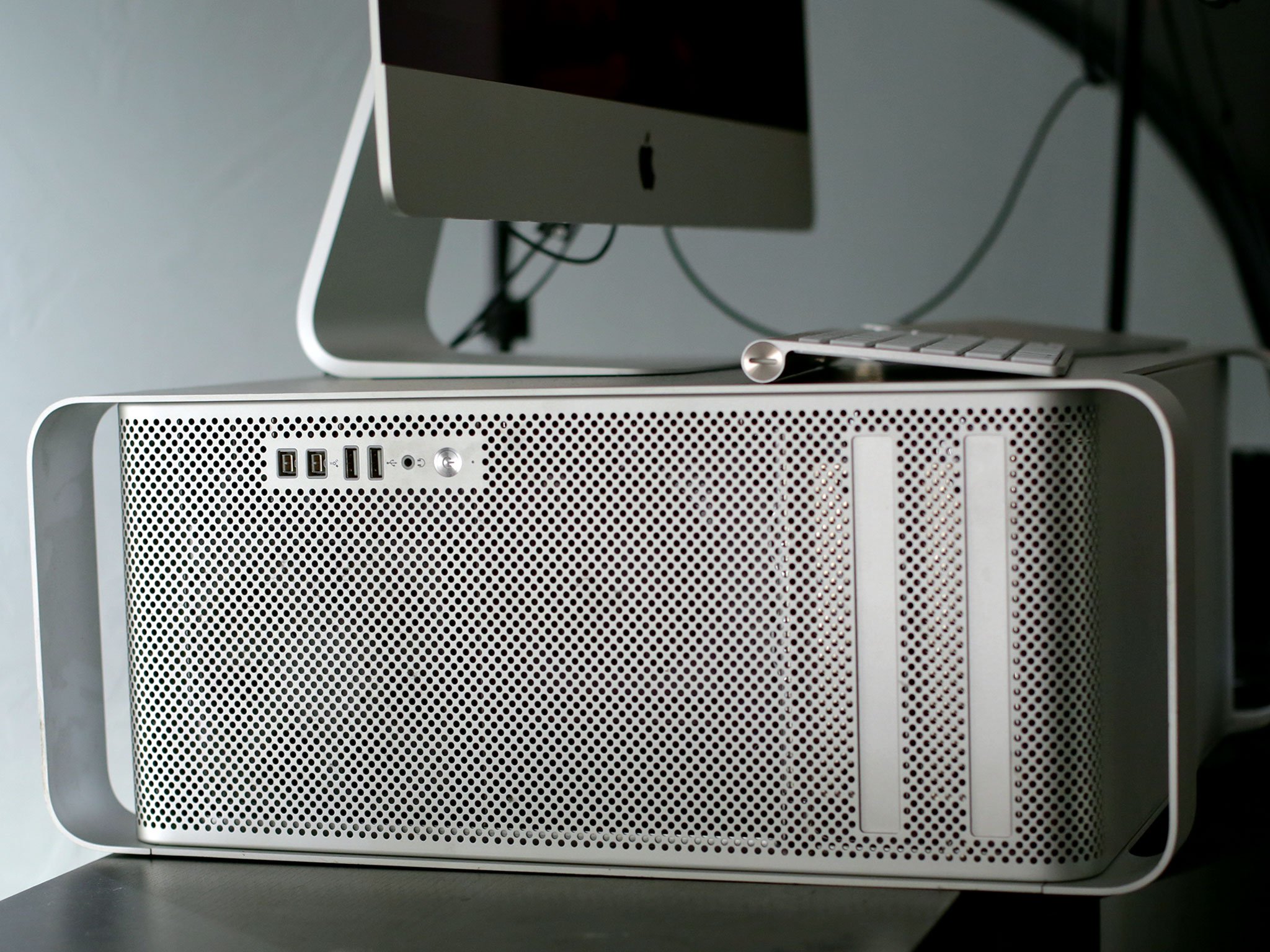NSFW: For the love of old things

I like to surround myself with older computer parts. The keyboard I'm writing these words on was manufactured 20 years ago. My last mouse lasted me nigh on a decade. When I have a few free moments I like to play with an eMate 300, an Apple product from an earlier time. None of these objects really has much of a purpose for the modern Apple user, but they give me a sense of history.
This probably also explains my ongoing fascination with Chris Phin's excellent Think Retro column over at Macworld.com. If you haven't checked it out, please do: Each week he features old gear he, too, has kept, and it's a great walk down memory lane.
My 2008 Mac Pro used to be the very centerpiece of my home office, but now it's relegated mainly just to podcasting duties. Octocore — it's named for its two four-core processors — spends most of our day together asleep. Dormant. Like a bear hibernating for winter.
My ursine 2008 Mac Pro is a sputtering, clicking engine.
It's the most animate Mac I've ever used: Occasional network pings and miscellaneous timed processes force it to awaken, sleepily. A very clockworky computer, it's full of wheezes and groans as various parts sputter to life; fans whirr and hard disk drives spin up to speed with a turbine whine. Audible clicks and clacks abound, the computer chittering away to itself as it comes to life.
The Mac Pro howls with a stiff waking roar as all system fans blast full speed, then subside as they find an optimal rate of flow for the ambient temperature inside the case. Within a few moments the computer settles back into its hibernation, sleeping until the next time it's roused.
My ursine 2008 Mac Pro is a sputtering, clicking engine. In 2015, the positively antiquarian Mac Pro feels like old world craftsmanship somehow, clad in an aluminum case dreamt of by a Bauhaus designer in 1920's Weimar.
We have a new Mac Pro on display at the store I work, connected to an Apple Thunderbolt Display. It couldn't be any more different from my Mac Pro. Sleek. Round. Quiet. Clad in an almost chitinous silvery shell. With the exception of the fan, there are no moving parts inside, unlike my beloved podcasting machine. Storage is solid-state, and there is no optical drive bay that whirrs and complains when it's opened.
iMore offers spot-on advice and guidance from our team of experts, with decades of Apple device experience to lean on. Learn more with iMore!
I admit that the new Mac Pro is an object of desire for me: I'd love to be able to justify its purchase as the centerpiece of a new digital workstation. But I can't, because my cranky old Octocore still works.
In my office I have two beige original-era Macs, along with an equally beige Commodore Amiga. I've gotten rid of a lot of stuff in the intervening years, but those have stuck with me.
Old gear helps to give a sense of how far we've come.
But enough about my hoarding characteristics. If there's a point to all this, it's that after all these years, these devices are still very relevant. Okay, maybe I'm overstating that for the museum pieces like the Amiga and the old Mac, but the Mac Pro, for example, gets use regularly as my podcasting workstation, for media ingestion and also for some light file sharing for other devices, like my kids' PlayStation 3.
They're relevant because they still work, because old gear helps to give a sense of how far we've come: How far Apple has come, both in terms of design and engineering; how far the industry has come, in terms of evolution; and how far users have come, in expectation for how things should work.
It helps to put in perspective for me some of the complaints we have about the gear we use. Sometimes when I complain about Continuity features in OS X Yosemite not working right, I have to stop myself: It's true that things might not work 100 percent of the time, but what does happen is magic compared to what we would have expected just a few years ago.
How about you? Do you keep old gear around to remind you of what we've used and what we now expect? Or is best to let the past stay in the past? Let me know what you think in the comments.

